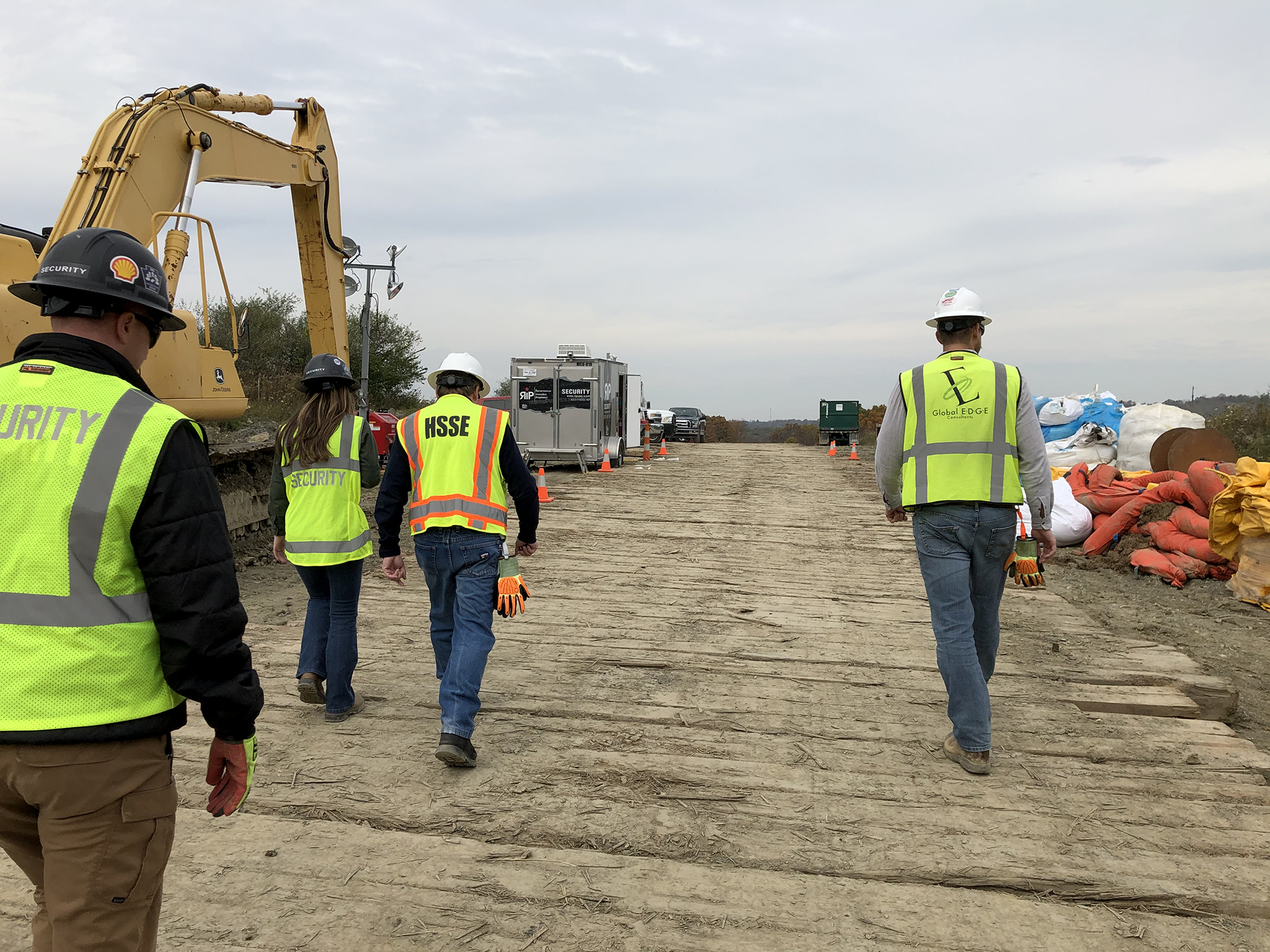Occupational Safety and Health Administration (OSHA) guidelines play a pivotal role in shaping workplace safety practices, particularly when it comes to protecting workers from hazardous chemical exposures. Chemical exposure monitoring is a fundamental aspect of OSHA’s approach to ensuring a safe working environment. The integration of healthcare EHS compliance tools into chemical exposure monitoring processes further strengthens the ability of organizations to comply with OSHA regulations and protect their workforce from health risks associated with chemical hazards.
Understanding OSHA’s Role in Chemical Exposure Monitoring
OSHA establishes regulatory limits and guidelines that employers must follow to control chemical exposure in the workplace. These regulations include permissible exposure limits (PELs), which specify the maximum concentration of a chemical that workers can be exposed to over a set period without adverse health effects. Chemical exposure monitoring is essential for verifying that workplace conditions remain within these limits.
The application of healthcare EHS compliance tools has become indispensable for organizations striving to meet OSHA’s stringent requirements. These tools provide accurate, real-time data that can be used to monitor chemical levels in the air and on surfaces. By employing these advanced monitoring technologies, companies can detect potential overexposures before they reach dangerous levels, ensuring OSHA compliance and safeguarding worker health.
The Importance of Continuous Chemical Exposure Monitoring in OSHA Compliance
OSHA emphasizes the need for continuous monitoring of chemical hazards in the workplace to prevent acute and chronic health problems. Chemical exposure monitoring is not a one-time task but an ongoing process that must be integrated into daily safety protocols. This continuous vigilance helps to identify emerging risks, assess the effectiveness of engineering controls, and ensure proper use of personal protective equipment (PPE).
Healthcare EHS compliance tools facilitate continuous chemical exposure monitoring by utilizing smart sensors and cloud-based platforms. These technologies allow safety managers to track exposure data in real time and generate detailed reports required by OSHA. With continuous monitoring, organizations can respond promptly to unsafe conditions, thus minimizing the risk of health issues and regulatory violations.
Leveraging Healthcare EHS Compliance Tools to Meet OSHA Standards
Healthcare EHS compliance tools are tailored to support the rigorous demands of OSHA’s chemical safety regulations. These tools integrate sensor technology, data analytics, and compliance management software to create a comprehensive monitoring system. Chemical exposure monitoring becomes more efficient and reliable, reducing the chances of human error in data collection and reporting.
The ability of healthcare EHS compliance tools to automate alerts when chemical levels exceed OSHA limits is crucial. These automated notifications enable rapid intervention, which is essential in preventing overexposure. Moreover, these tools simplify the documentation process by automatically compiling data into OSHA-compliant formats, making audits and inspections smoother for employers.

OSHA’s Emphasis on Training and Chemical Exposure Monitoring
Another vital aspect of OSHA guidelines is the requirement for worker training on chemical hazards and exposure risks. Effective chemical exposure monitoring relies not only on technology but also on the awareness and cooperation of employees. Healthcare EHS compliance tools often include features that support training initiatives by providing accessible data and visualizations that help workers understand their exposure levels.
Educating employees about the role of chemical exposure monitoring fosters a culture of safety and responsibility. When workers comprehend how healthcare EHS compliance tools operate and the significance of maintaining safe exposure levels, they are more likely to adhere to safety protocols and report unsafe conditions promptly. This collaborative approach is essential for meeting OSHA’s safety objectives.
Addressing Challenges in Chemical Exposure Monitoring with OSHA Guidelines
Chemical exposure monitoring can be complex due to the variety of substances, varying exposure durations, and diverse work environments. OSHA guidelines offer a framework to address these challenges by defining monitoring procedures, specifying sampling methods, and outlining necessary frequency of assessments. Healthcare EHS compliance tools enhance the implementation of these guidelines by providing adaptable monitoring solutions that fit diverse industrial needs.
For example, healthcare EHS compliance tools can be customized to monitor specific chemicals relevant to an industry, ensuring that OSHA’s detailed requirements are met accurately. These tools also enable longitudinal studies of exposure trends, helping safety professionals to identify chronic risks and implement long-term control measures.
The Future of OSHA Compliance with Advanced Chemical Exposure Monitoring
As workplace environments evolve and new chemicals enter the market, OSHA’s guidelines continue to develop to keep pace with emerging hazards. Chemical exposure monitoring, supported by cutting-edge healthcare EHS compliance tools, will remain a cornerstone of effective occupational safety strategies.
Future innovations are likely to include enhanced sensor sensitivity, greater integration with wearable devices, and advanced predictive analytics. These advancements will allow organizations to not only comply with OSHA standards but also anticipate and prevent chemical exposures before they occur. By investing in healthcare EHS compliance tools now, companies position themselves to meet both current and future OSHA compliance demands effectively.
Conclusion: OSHA Guidelines and the Critical Role of Chemical Exposure Monitoring
OSHA guidelines establish the framework for managing chemical hazards in the workplace, and chemical exposure monitoring is a critical tool for ensuring compliance. The use of healthcare EHS compliance tools significantly improves the accuracy, efficiency, and responsiveness of monitoring efforts. These technologies empower employers to protect their workers, maintain regulatory compliance, and foster a safer work environment.
By embracing continuous chemical exposure monitoring and leveraging the capabilities of healthcare EHS compliance tools, organizations can meet OSHA’s rigorous standards and demonstrate a strong commitment to worker safety. This integrated approach not only minimizes health risks but also enhances overall operational performance, creating a sustainable and compliant workplace culture.



